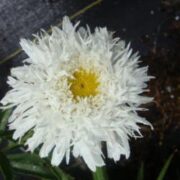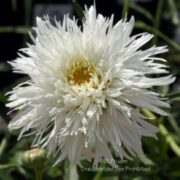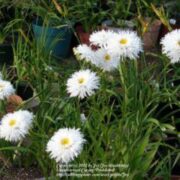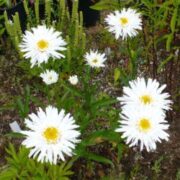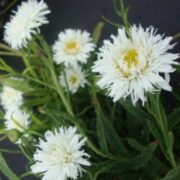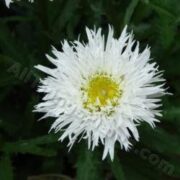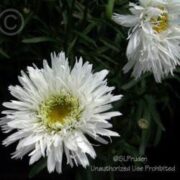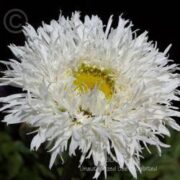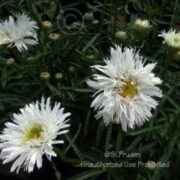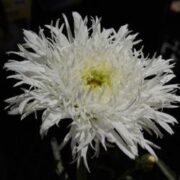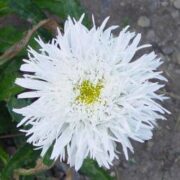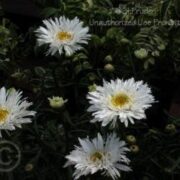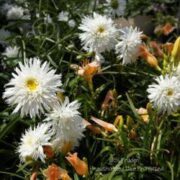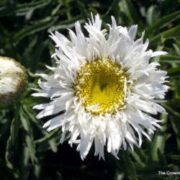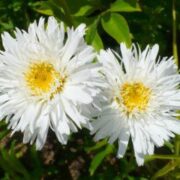Despite the name “Shasta Daisy,” *Leucanthemum × superbum* is **not** native to the Mount Shasta region of California. It’s a hybrid plant, and its origins are a bit more complex.
Here’s the breakdown:
* **Hybrids:** Shasta Daisies are hybrids, meaning they are created by crossing different parent species.
* **Luther Burbank:** The Shasta Daisy was developed by the horticulturalist Luther Burbank in the late 19th century. He crossed different *Leucanthemum* species, including the English Field Daisy (*Leucanthemum vulgare*), the Portuguese Field Daisy (*Leucanthemum maximum*) , the Japanese Nippon Daisy (*Nipponanthemum nipponicum*) and possibly others.
* **Origin of Parent Species:** The parent species originated in areas such as Europe and Japan.
* **Development Location:** Burbank developed the Shasta Daisy in California, USA.
Therefore, **the Shasta Daisy itself does not have a single “native region.”** It was created through hybridization using species from various locations, primarily Europe and Japan. It was then developed in California.


